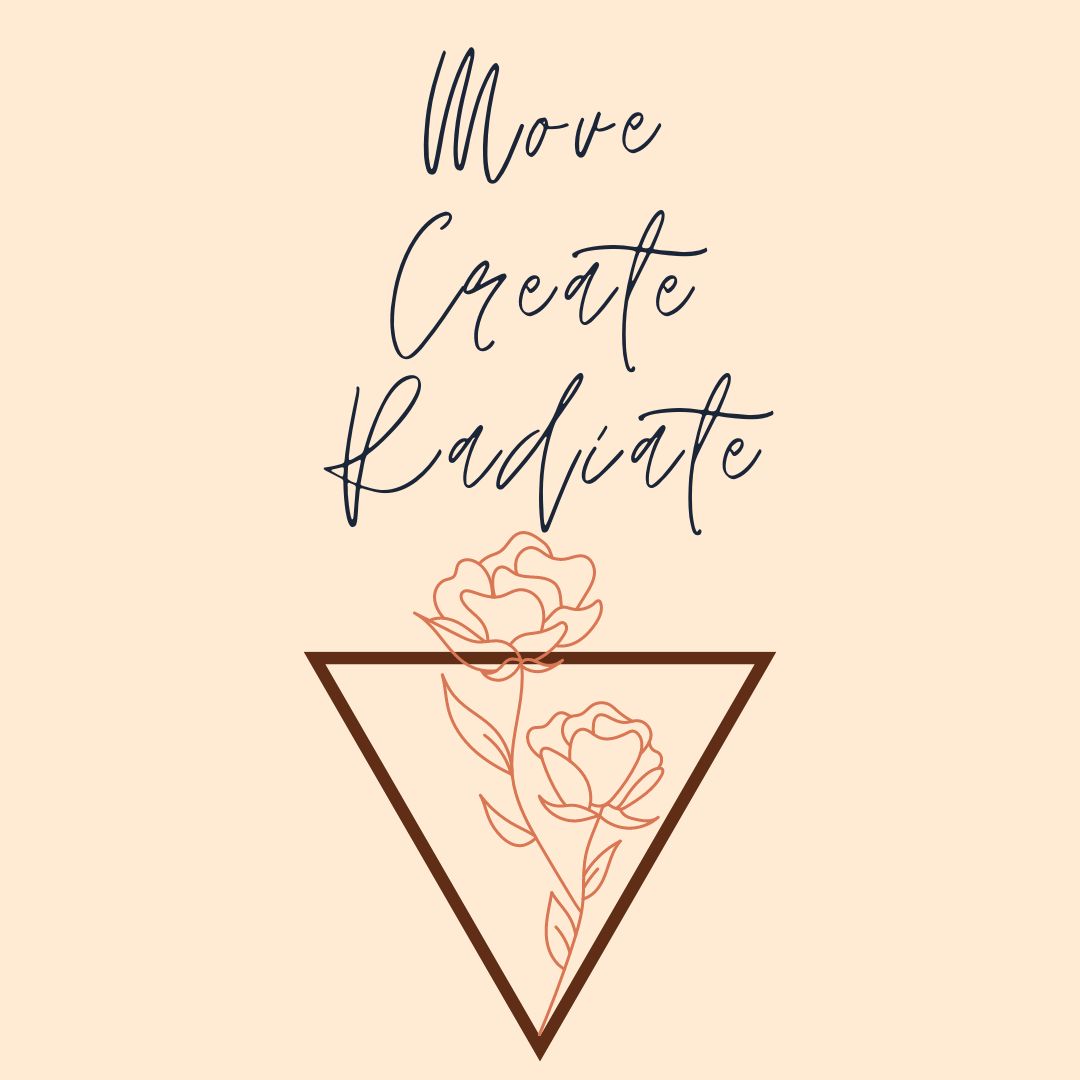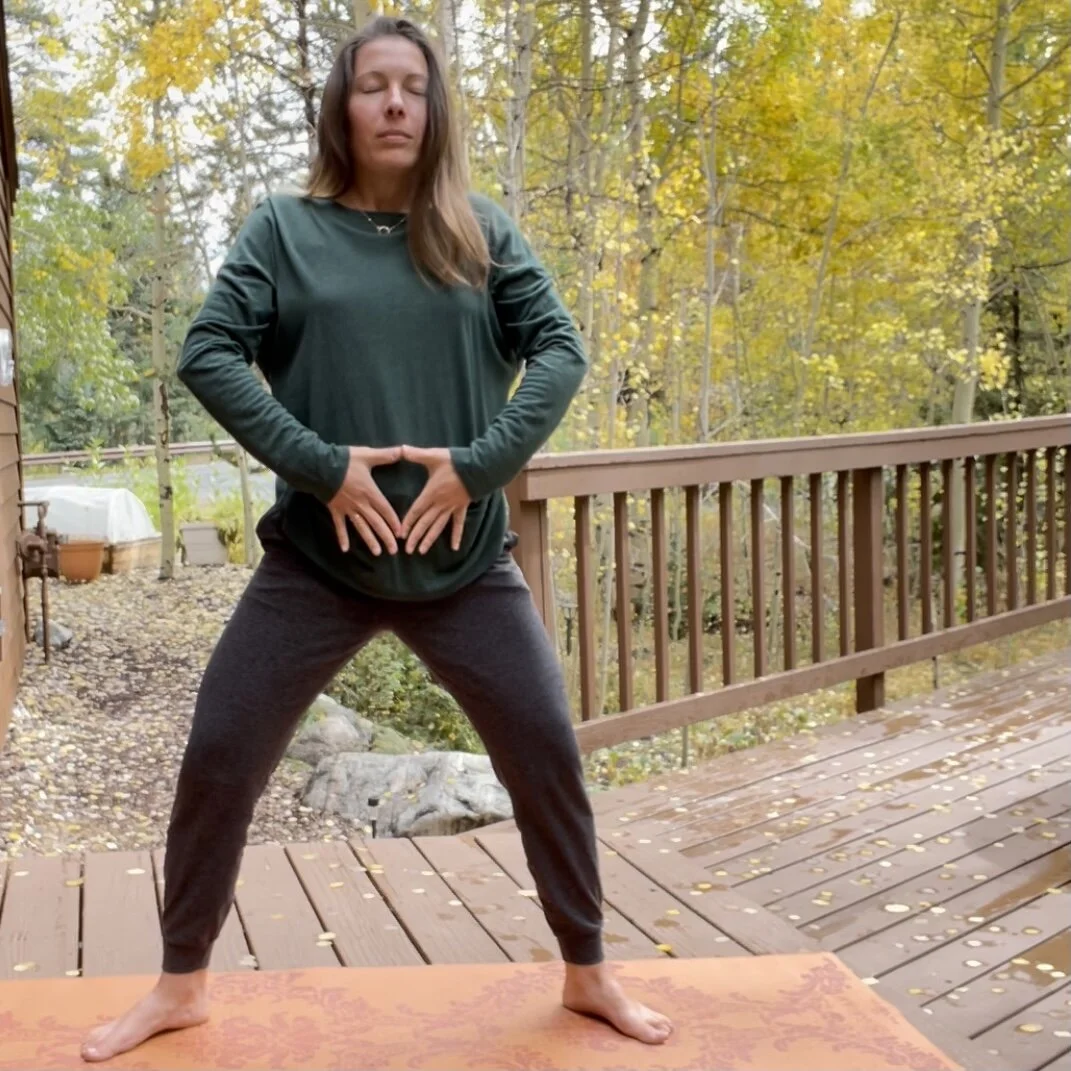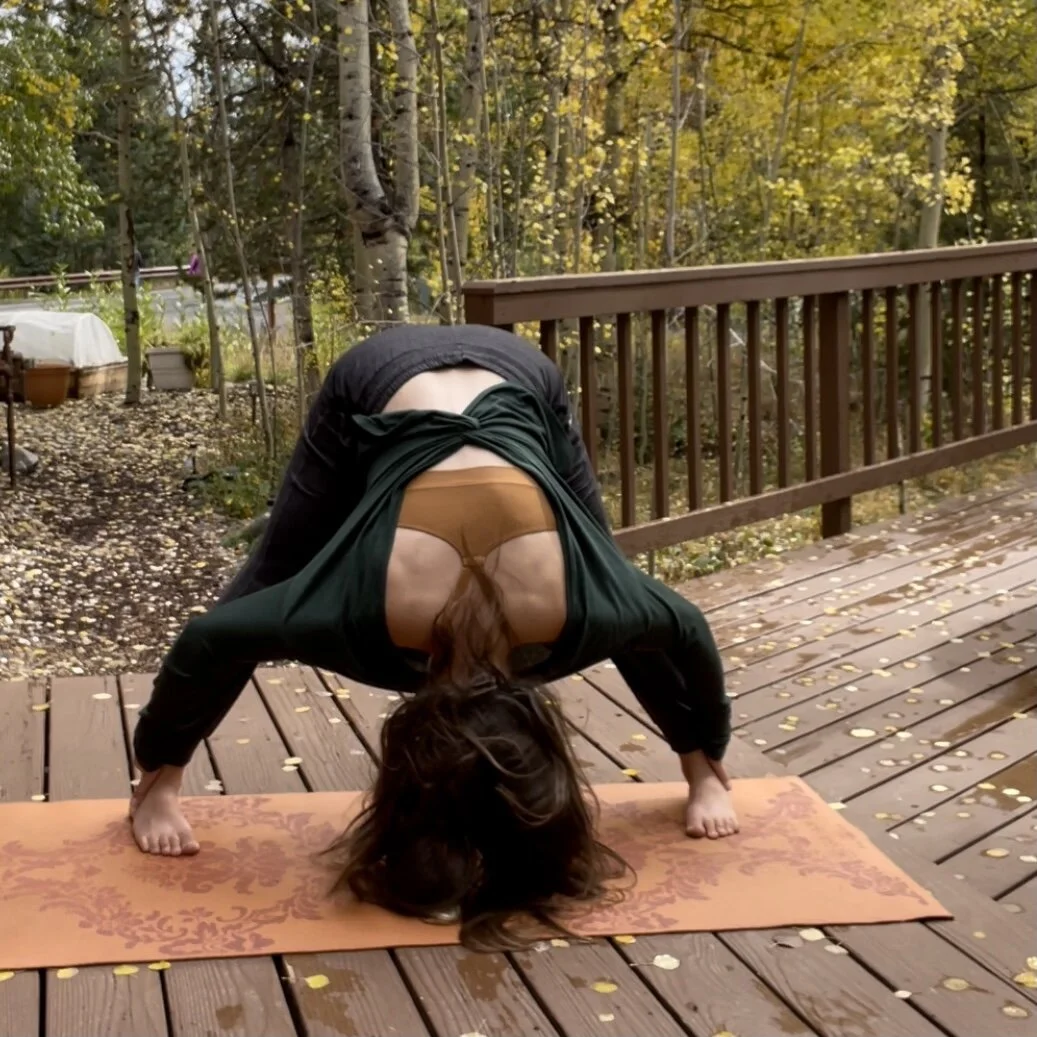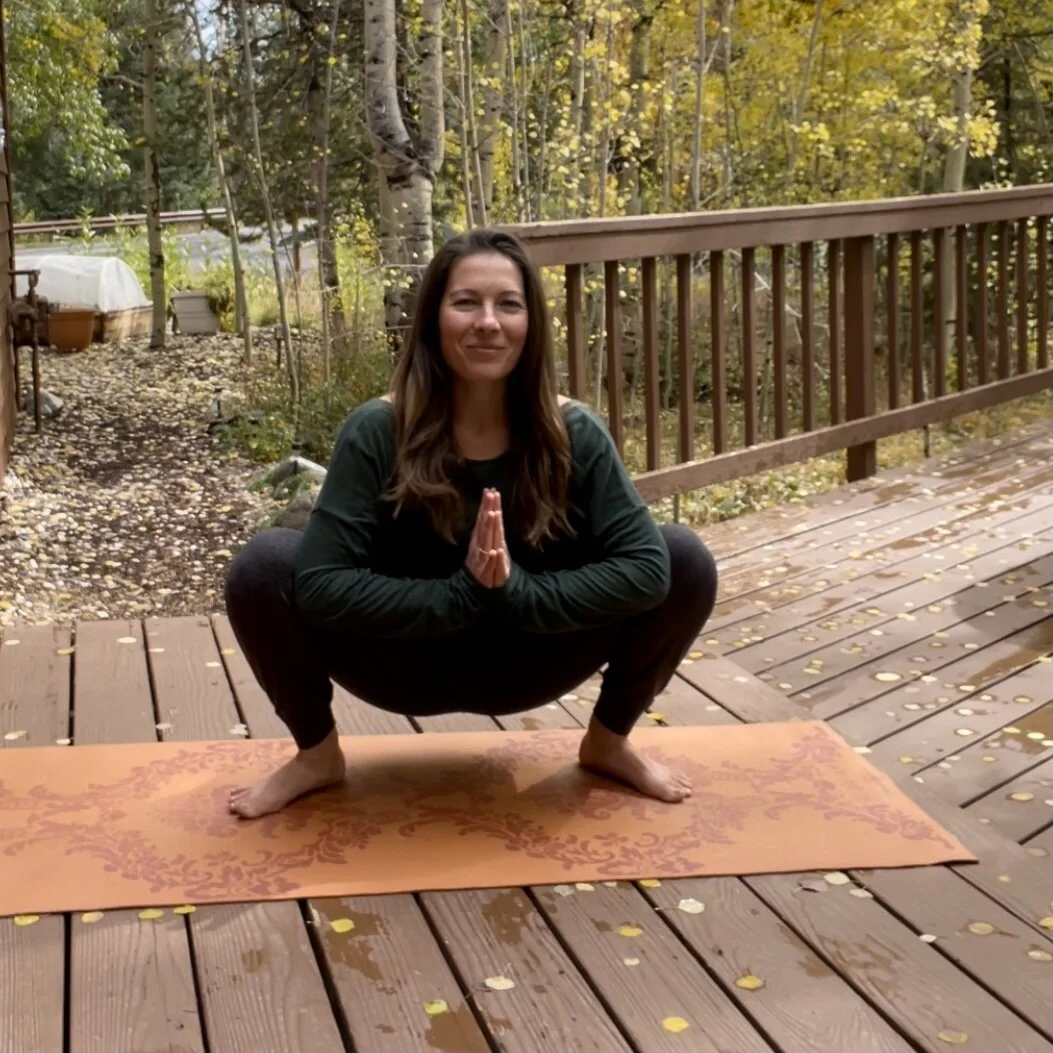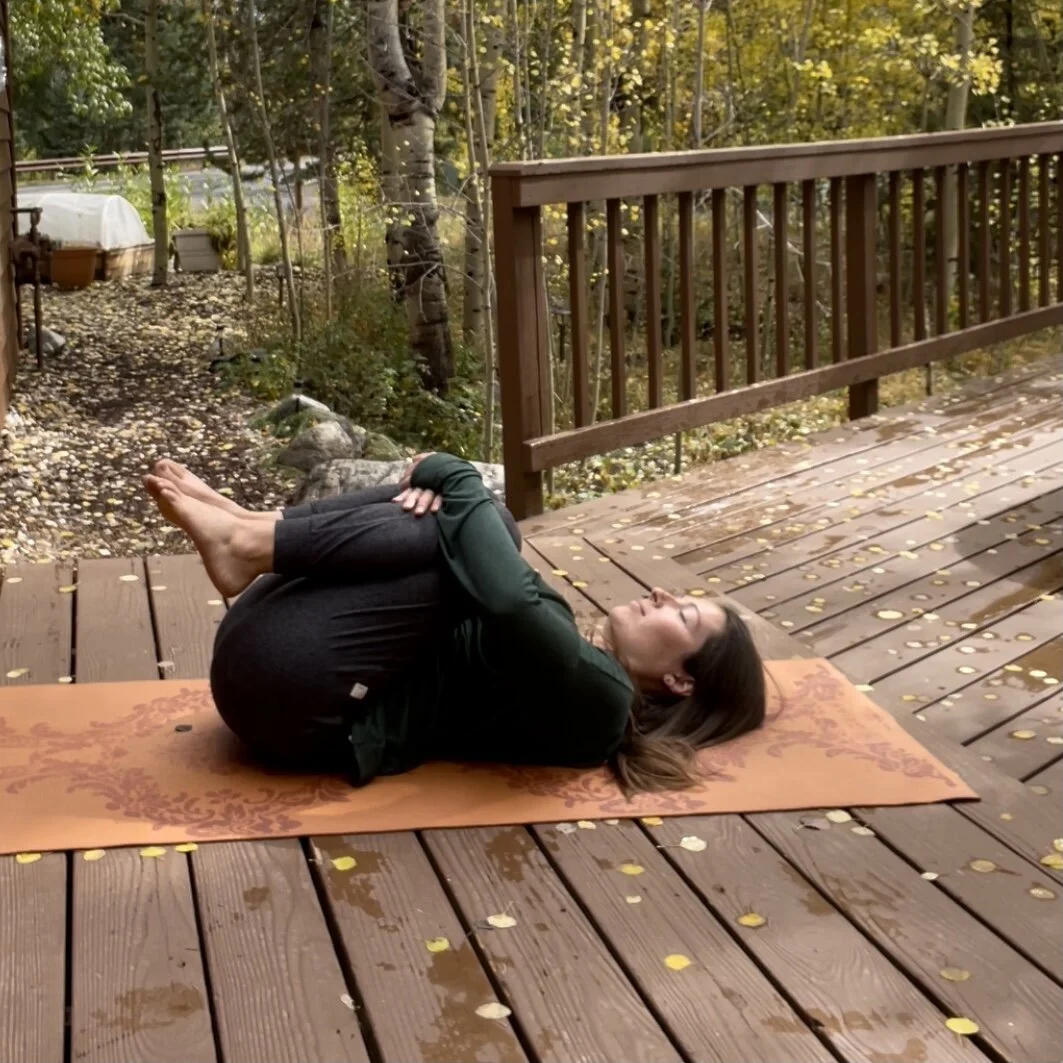Yoga For PMS
What is PMS?
Premenstrual syndrome (PMS) can show up during the Autumn or premenstrual phase of the menstrual cycle. This phase lasts from after ovulation to the start of the menstrual bleed. The premenstrual phase itself is characterized by a steady decrease in Estrogen and an increase and then decrease of Progesterone. As Estrogen declines, so does serotonin and dopamine. This can cause a dip in mood, an increase in appetite, and associated feelings of sadness, anger, irritability, and sensitivity. Keeping track of when this phase occurs for you may be the most important point in your cycle to be able to predict and understand. By charting your cycle you may be able to predict when these days usually pop up so the tears, anger, or resistance can be handled with grace and care instead of judgement and frustration. Not every premenstrual phase is associated with PMS. It is possible to have a premenstrual phase without symptoms. By tracking your cycle, preemptively caring for yourself, and using yogic lifestyle techniques, you can mitigate or dissolve these symptoms all together.
The medical community is still in debate over exactly what PMS is. There are over 150 different signs and symptoms that can be associated with PMS. These symptoms may range from very mild to extreme. Some of the most common symptoms are:
Headaches
Irritability
Sore, swollen breasts
Loss of temper
Heaviness in the pelvic region
Inflammation
Bloating
Fatigue
Lower back pain
Sensitivity to noises and smells
Trouble concentrating
Sadness
To qualify as PMS, symptoms must occur during the ten days before your period and disappear during or directly after your bleed. Over 90% of menstruating people experience at least one symptom of PMS. It is worth noting that in extreme cases, symptoms that include depression, suicidal thoughts, or panic attacks can be instead associated with premenstrual dysphoric disorder (PMDD). You are the best judge of your menstrual cycle and your experience. It is up to you to decide what course of action to take depending on the variety and intensity of your symptoms.
Try out the suggestions below that sound like they will work best for your lifestyle, remembering that changes within the menstrual cycle can take three full cycles to show up. So give yourself this next season to integrate some of these practices so you can decide what may be your next course of action.
Lifestyle Suggestions
Understand your cycle. Having the understanding of menstrual cycle awareness can help you understand what symptoms may occur during different phases allowing you to feel at peace with the changes.
Track your cycle. Knowing what you’re experiencing and why can be the #1 thing to move you from confusion and an urge to question everything, to a point of gentleness and a desire to create space for yourself.
Balance blood sugar by eating regularly and prioritizing protein, healthy fats, and fiber.
Drink water to help support health bowel movements, which are needed to dispel excess Estrogen.
Improve sleep and receive an energy boost by getting moving with some gentle exercise such as yoga, swimming, or dancing.
Spend time alone
Say no to plans or projects that make you feel overstretched and overwhelmed.
Find a healthy place to express your anger
Rest
“You need time to stare into space, to drift, this emptiness is necessary for thoughts and energy to gather internally, and it’s better to embrace this instead of staring at your screen, berating yourself for not achieving anything. Though it might not be measurable, rest is constructive and productive.” - Maisie Hill, Period Power
Yoga suggestions
Yoga asanas (the movements associated with yoga) can be helpful in relieving PMS symptoms by balancing the endocrine system. Yoga also works to strengthen the muscles of the uterus allowing for an ease in menstrual flow during the next phase. Mental and emotional tension can also be soothed through movement and breathing practices to shift mindset and strengthen resiliency. Practicing yoga regularly can relieve PMS symptoms by:
Increasing circulation
Providing movement that boosts serotonin and dopamine
Providing techniques that create mental and emotional resiliency
Stimulating balance in the endocrine (hormonal) system
Reducing stress
Balancing hormones
Reducing inflammation
Improves digestion and elimination allowing for the metabolizing of estrogen
Practice the sequence below on its own or add it in to your daily movement practice. These poses can be especially helpful if started right after ovulation and continued daily until your bleed.
Wide Knee Squats
Raise your arm up to the sky, then in a big circular motion sweep them towards the floor coming in to a squat, then bring the arms up the body and up to the sky again. Repeat 5x or more.
Prasarita Padottanasana
Calms the central nervous system, increases circulation, relieves lower back pain. Practice for 5 rounds of breath or more. To come out of the shape bend the knees deeply first and come up slowly to avoid a head rush.
Malasana
Tones the abdominal muscles, improves digestion, and increases circulation and blood flow in the pelvis. Stay for 5 breaths or more. Optional support of a block or pillows can go underneath the seat.
Pavanamuktasana
Relieves lower back pain, alleviates bloating and abdominal discomfort. Stay as long as you’d like.
Next steps
I work 1:1 with women for 3 months to teach knowledge and wisdom of women’s hormonal health, alignment with the seasons of the moon, your hormonal cycles, and the seasons to live a cyclical and balanced life that you and your family can count on. Learn more about one on one sessions tailored to your unique body, mind, and needs.
Further reading and resources:
Yoga: A Gem For Women by Geeta S. Iyengar
Yoga For A Healthy Menstrual Cycle by Linda Sparrowe and Patricia Walden
Period Power: Harness Your Hormones and Get Your Cycle Working For You by Maisie Hill
Period Repair Manual: Natural Treatment for Better Hormones and Better Periods by Lara Briden
